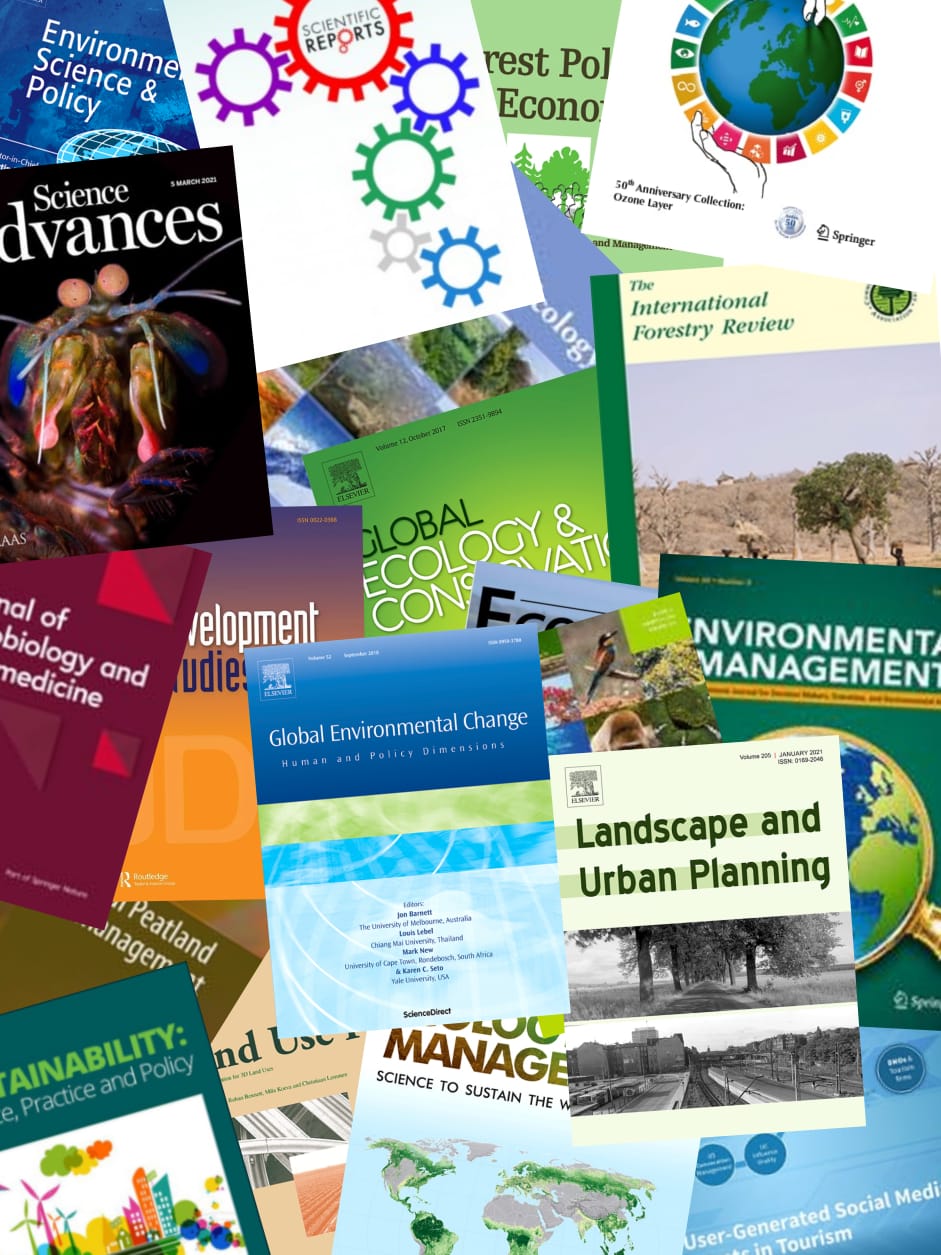Soil degradation caused by excessive land use is presently one of the major constraints on sustainable agriculture in the mountainous area of northern Thailand. In order to obtain basic information about soil fertility problems involved in the transition from traditional shifting cultivation to more intensive upland farming, the dynamics of K, Mg, and Ca, and soil acidity in the farming systems of both Karen and Hmong/Thai peoples were investigated. In the fields that lay fallow for more than 5 y, the soils were highly acidic and poor in exchangeable bases, mainly due to the fact that the fallow vegetation rapidly absorbed inorganic bases (K, Mg, and Ca) in the soils. In the fields both under fallow and cropping within 3 y after the slash and burn practice, the high acidity observed in the soils at the fallow stage seemed to be alleviated by ash input with high alkalinity. The aboveground biomass ranged from 9 to 10 t ha(-1) in the 8 y fallow field and the sum of inorganic bases and alkalinity, which were expected to be added to the soils with ash input, ranged from 3 to 4 kmol(+) ha(-1) or kmol(-) ha(-1), respectively. In the fields under continuous cultivation for more than 4 y after the slash and burn practice, the subsoils showed a more acidic nature than in the fields immediately after burning. Judging from the high concentrations of inorganic bases in the soil solution from the subsoils, the decrease of the content of exchangeable bases and resulting soil acidification might have proceeded through leaching loss of these bases. Among the exchangeable bases in the soils, Ca and Mg were generally predominant and K occurred as trace. Comparison of the total contents of the bases with the contents of exchangeable ones showed that most of Ca occurred in an exchangeable form while most of K and Rig occurred in the nonexchangeable forms in the soils. Therefore, Ca was likely to be readily depleted along with soil acidification in continuous cultivation.
View source

